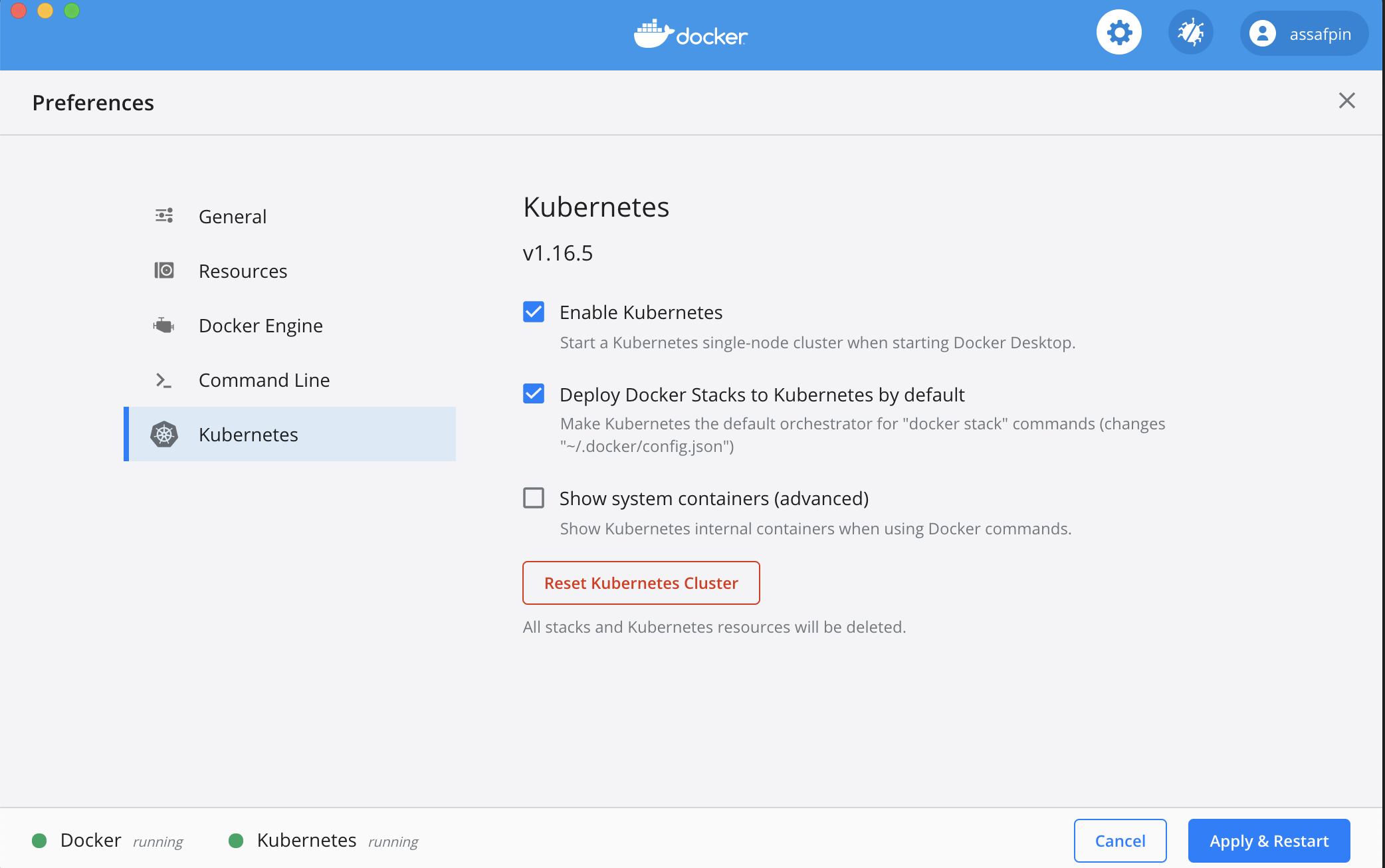CorrProxies
Declaration
This repo is for paper: Optimizing Machine Learning Inference Queries with Correlative Proxy Models.
Setup ENV
Quick Start
- We provide a fully ready Docker Image ready to use out-of-box.
- Optionally, you can also follow the steps to build your own testing environment.
The Provided Docker Environment
Steps to run the Docker Environment
- Get the docker image from this link.
- Load the docker image.
docker load -i corrproxies-image.tar - Run the docker image in a container.
docker run --name=CorrProxies -i -t -d corrproxies-image- it will return you the docker container ID, for example
d979af9a17f23345cb2894b22dc8527680acdfd7a7e1aaed6a7a28ea134e66e6.
- it will return you the docker container ID, for example
- Use CLI to control the container with the specific ID generated.
docker exec -it d979af9a17f23345cb2894b22dc8527680acdfd7a7e1aaed6a7a28ea134e66e6 /bin/zsh
ENV Spec
- Operating System:
[email protected] - Python ENV:
[email protected]with[email protected]distribution.- dependencies:
[email protected][email protected][email protected]- see
requirements.txtfor more dependencies.
- Java ENV:
[email protected]
File structure:
- The home directory for
CorrProxieslocates at/home/CorrProxies. - The Python executable locates at
/home/anaconda3/envs/condaenv/bin/python3. - The models locate at
/home/CorrProxies/model. - The datasets locate at
/home/CorrProxies/data. - The starting scripts locate at
/home/CorrProxies/scripts.
Build Your Own Environment
This instruction is based on a clean distribution of [email protected]
-
Install pre-requisites.
apt-get update && apt-get install -y build-essential -
Install
Anaconda.wget https://repo.anaconda.com/archive/Anaconda3-5.3.1-Linux-x86_64.sh && bash Anaconda3-5.3.1-Linux-x86_64.sh -b -pexport PATH="/bin/:$PATH"
-
Install
[email protected]withAnaconda3.conda create -n condaenv python=3.6.6 -
Activate the newly installed Python ENV.
conda activate condaenv -
Install dependencies with pip.
pip3 install -r requirements.txt -
Install
Java (openjdk-8)(forstandford-nlpusage).apt-get install -y openjdk-8-jdk
Queries & Datasets
-
We use
Twittertext dataset,COCOimage dataset andUCF101video dataset as our benchmark datasets. Please see this page for examples of detailed Queries and Datasets examples we use in our experiments. -
After you setup the environment, either manually or using the docker image provided by us, the next step is to download the datasets.
- To get the
COCOdataset:cd /home/CorrProxies/data/image/coco && ./get_coco_dataset.sh - To get the
UCF101dataset:cd /home/CorrProxies/data/video/ucf101 && wget -c https://www.crcv.ucf.edu/data/UCF101/UCF101.rar && unrar x UCF101.rar.
- To get the
Execution
Please pull the latest code before executing the code. Command cd /home/CorrProxies && git pull
Run Operators Individually
To run and see each operator we used in our experiment, simply execute python3
. For example: python3 operators/ml_operators/image_video_operators/video_activity_recognition.py.
Run Experiments
We use scripts/run.sh to start experiments. The script will take in command line arguments.
-
Text(Twitter)
- Since we do not provide text dataset, we will skip the experiment.
-
Image(COCO)
Example:
./scripts/run.sh -w 2 -t 1 -i '1' -a 0.9 -s 3 -o 2 -e 1 -
Video(UCF101)
Example:
./scripts/run.sh -w 2 -t 2 -i '1' -a 0.9 -s 3 -o 2 -e 1 -
arguments detail.
- w int: experiment type in
[1, 2, 3, 4]referring to/home/CorrProxies/ml_workflow/exps/WorkflowExp*.py; - t int: query type in
[0, 1, 2]. Int0, 1, 2means queries on theTwitter, COCO, and UCF101datasets, respectively; - i int: query index in
[1, 2, 3, 4, 5, 6, 7, 8, 9, 10]; - a float: query accuracy;
- s int: scheme in
[0, 1, 2, 3, 4, 5, 6]. Int0, 1, 2, 3, 4, 5, 6means'ORIG', 'NS', 'PP', 'CORE', 'COREa', 'COREh' and 'REORDER'schemes, respectively; - o int: number of threads used in optimization phase;
- e int: number of threads used in execution phase after generating an optimized plan.
- w int: experiment type in





